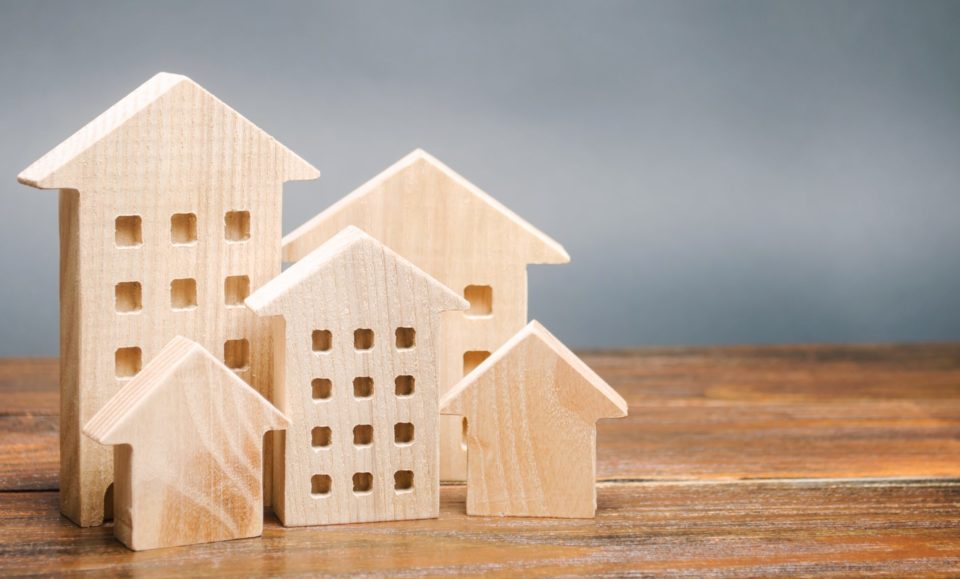Ever since the Great Recession in 2008, people have been raving about flipping houses. As you know, there are a lot of distressed properties on the market waiting on the right person to swoop in, revitalize them, and find new homeowners to turn the house back into a home.
You might get the misconception that flipping houses are as simple as buying low and selling high when you listen to people talk about it, but it’s not quite that simple. The good news is we’ve put together a brief guide to tell you the ins and outs of flipping houses. If you’re a first-time property investor considering getting into the house-flipping game, this article is for you!
Apply the 70 percent rule.

Many first-time investors fall short of making a profit because they fail to account for the cost of revitalizing the place. The 70 percent rule states you should only spend 70 percent of the home’s value after renovations minus the cost of those renovations.
If you’re looking at a property you know needs a new bathroom and kitchen, you must consider those costs before investing. It’s a good idea to get a home consultation from a contractor to get an estimate of the cost of a remodeling project. The last thing you want is to invest in a property and then spend all of (or more than) your profit margin on kitchen and bathroom remodeling. So, always keep the 70 percent rule in mind when investing in a property.
Determine what you can DIY and where you’ll need a contractor.

One of the best ways to increase your profit margins is by handling your own remodeling. However, you have to be honest with yourself about what you have the skills and time to do yourself. You shouldn’t do the electrical work if you’re not an electrician by trade. Outsource that portion of the project to an electrical contractor like Clements Electric with years of experience and a great reputation for customer service and excellent work.
Learn the area before investing in a property.
You wouldn’t purchase a home to live in without knowing the area, and the same applies to flipping houses. Not every distressed property will have the same resale value, even if they’re similar in listing price. The area, access to shopping and dining, schools, and property values of other homes in the neighborhood will all impact your home’s value.
Create a business plan.

Finally, if you plan to make house flipping your thing, you should write a business plan. Create a plan for your first flip that details your budget, how long you expect the project to take, and what you want your profit margin to be. Also, plan how you’ll invest your profits from your first flip into future projects. Remember, if you fail to plan, you plan to fail.
As you can see, there’s much more to flipping houses than buying low and selling high. Always take into account the 70 percent rule before investing in a property. It’s also a good idea to learn the area before investing in a property. Make it a top priority to create a business plan before you start throwing money around, and assess your skills and spare time to determine how much sweat equity you can put into the project. Additionally, working with a realtor will help you sell quicker and for the right price.
Remain patient during every step of the process. Rushing to make decisions, finish renovations, and make a quick sale could lead to costly mistakes, and you could lose money rather than make a profit. Indeed, the keys to success in the house flipping game are planning and execution. Develop and follow your strategy, and you could go from flipping houses to doing gymnastics with them.

